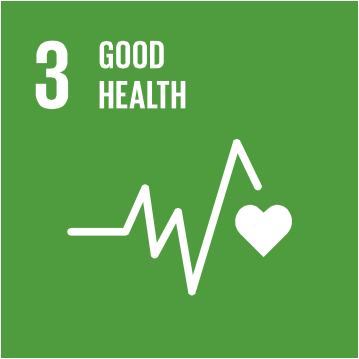
By Rebecca Brown
At the upcoming Summit to adopt the Sustainable Development Goals (SDGs), the UN will adopt the broadest political agreement to date, which in its Preamble announces the goals of eradicating poverty and inequality, achieving sustainable development, realizing the human rights of all, and achieving gender equality and the empowerment of all women and girls.1 The agreement rightly points out that it is unprecedented in its scope. Overall, there are important victories for the recognition of sexual and reproductive health and rights (SRHR) in this agenda, but there are also critical areas for human rights advocates to remain, or become, engaged after the SDGs are adopted.
Securing targets related to SRHR under both Goals 3 (health) and 5 (gender equality) was a huge win for the women’s rights and SRHR communities and reflects the significant mobilization and coordination of these groups during the SDG process. In particular, recognition of the need to “ensure sexual and reproductive health and reproductive rights” in the context of increasing gender equality is an important success for reproductive rights advocates trying to ensure that national health policies and legal frameworks reflect that the denial of the full range of reproductive health services is a form of gender discrimination.
However, in analyzing how the SDGs stack up against States’ human rights obligations to respect, protect and realize the right to health, as well as ensure substantive gender equality, some important gaps appear. Discrimination, coercion and violence, as well as restrictive laws and policies, are persistent violations in the SRHR context and human rights protections must be in place to ensure that the Post 2015 commitment of “leaving no one behind” is achieved.2 However, by and large, the targets fail to integrate language on the need to ensure people have sufficient choice around, and access to, quality and affordable commodities and services, or to reform restrictive laws, or enact new legislation, or ensure healthcare providers are properly trained to provide sexual and reproductive health care. Perhaps most importantly, the targets for the SDGs do not include the need for comprehensive sexuality education−a key component in ensuring all individuals are empowered to make informed decisions about their lives and their bodies.
Because of this, it will be critical that human rights are reflected in the indicators for targets on SRHR. Contraceptive prevalence rates do not tell us the extent to which women and girls understand their options and are empowered to make independent and informed decisions over their lives and reproduction. They do not tell us whether contraceptive methods are of good quality, and if there are a range of options that are easily accessible and affordable for all.
In addition, means of accountability and access to justice are critical to ensuring sexual and reproductive health and human rights for all. Marginalized groups do not have an equal ability to demand policy or legal change through formal political processes. Therefore an avenue for ensuring their voice is heard is critical in addressing disparities in realizing human rights and development goals.
Disparities were rampant under the MDGs: although there has been a 45% reduction in maternal deaths since 1990, the improvements are concentrated largely in urban areas among more privileged women. Maternal mortality still claims the lives of 800 women and girls each day, with most of these deaths affecting poor and marginalized women in both the global North and South. Disaggregated data is an essential prerequisite for policy change to address disparities, and although there appears to be genuine support for improving data collection processes, this in itself is insufficient to overcome disparities.
Mechanisms for participation and accountability are also necessary to address the persistent violence, coercion and discrimination experienced by individuals seeking sexual and reproductive health care services and information. At the national level, these mechanisms can take many forms, such as a designated ombudsperson at the national human rights institution, comprehensive maternal death audits, citizen-monitoring and mechanisms for reporting, human rights impact assessments, patient’s rights tribunals, and litigation. Furthermore, there must be a means by which affected people are able to independently report on the progress of implementation of the SDGs at both national and international levels.
Once the SDGs are adopted, States will further define what has now been termed the “follow up and review” process. From what we have seen so far, States are doing their best to weaken any type of global accountability infrastructure. The language used for this process itself during the negotiations reflects this worrying shift, from “monitoring and accountability” at the beginning, to “monitoring and review,” and now, finally, “follow up and review.” This weakening of language, and by implication, the structures related to implementation and accountability, demonstrates an ongoing lack of political commitment to transforming the laudable goals into action. States must step up and civil society must be vocal on the need for a robust and meaningful follow up and review process that is participatory, transparent, and accountable, to realize gender equality and sexual and reproductive health and rights.
Rebecca Brown is Director of Global Advocacy at the Center for Reproductive Rights, New York, USA http://www.reproductiverights.org/
References
1 Transforming Our World: the 2030 Agenda for Sustainable Development -Finalised Text for Adoption (1August), available here
2 ibid
